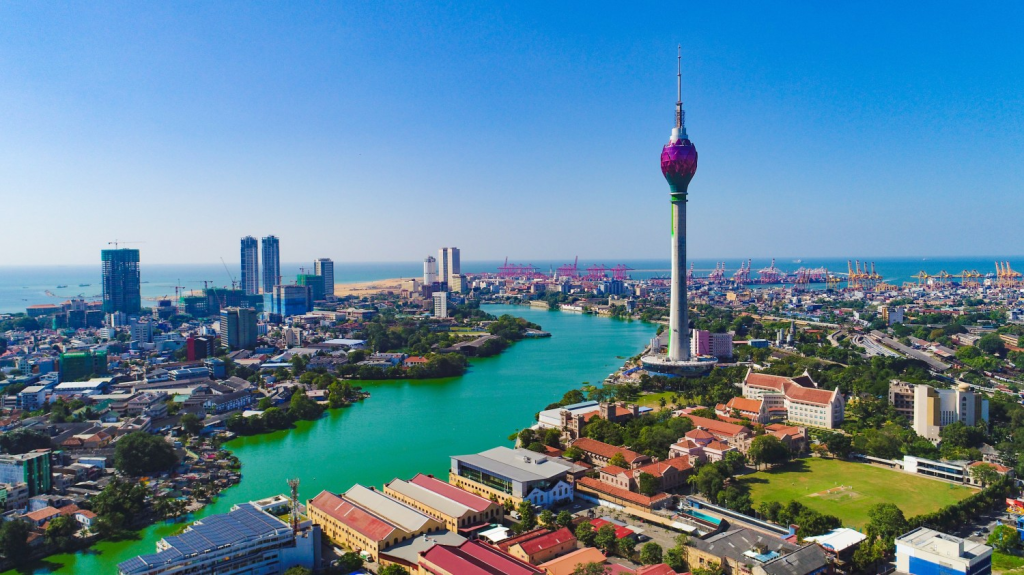Colombo is often a quick pit stop en route to the country’s other highlights — but its nostalgia-inducing cocktail bars, trailblazing hotels and a burgeoning art scene make it worth lingering in.

Sri Lanka is too often described as “little India”. But on arrival in Colombo, I had to disagree. I have spent a lot of time in India’s capital, Delhi, and the chaotic cities of Hyderabad, Bangalore and Mumbai. In comparison, Colombo feels dreamlike, an oasis of candyfloss-pink skies, intimate establishments and abundant nature. These elements, along with the city’s ancient trees and myriad sounds, are what you notice first: the constant swish-swish of sweeping, the honks echoing from brightly coloured tuk-tuks and the unmistakable whooping of the ruby red-eyed koel birds. Colombo lacks the crowds and crush of Indian cities and is a wonderful, relaxed place to wander and explore.
Each district has a distinct feel. There’s Kompagngna Veediya (a suburb previously known as Slave Island), sandwiched between Beira Lake and the ocean, which has mildewed pastel façades, retro signage, abandoned cinemas and cafés celebrating Jaffna cuisine. Or there’s Colombo 7, further inland, with wide boulevards where winding roots anchor colossal ancient trees into the ground, upending pavements with the sheer power of nature. Too many visitors land at Colombo airport and move on immediately. Here’s why you should linger in the city.
Where to walk
Due to regeneration projects, Galle Face Green, Colombo’s oceanside promenade, was off-limits for some time last year, but it is fully open for seaside strolls and shopping once again. You can expect hawkers and after-dusk weekend stalls selling kites, balloons and isso vade, a popular Sri Lankan street food of spicy lentil patties and fresh prawns. Colombo residents speak of this snack with much fondness.
Away from the crowds, my favourite neighbourhood to get lost in is the leafy area known as Colombo 7. It stretches from the bright white dome of Colombo Town Hall to the peaceful Jawatte Jummah Masjid mosque. With a high concentration of perfectly manicured cricket grounds and hundreds of immense banyan and ficus trees, this part of the city is one of the greenest. Put your phone away and follow your instincts.
What to see
Since hailing a tuk-tuk during one of Colombo’s downpours is near impossible, I chanced upon the uplifting art of Minal Wickrematunge during a rain-soaked walk from Independence Square to Horton Placewhen I passed a street emblazoned with her art. After finding her Instagram account, I soon learnt that her bold creations were on display around the city, often splashed across walls, café interiors and art spaces. Her works showcase misrepresented Sri Lankan women with the aim of “reclaiming and decolonising the way women are depicted”, she says. She is part of the Fearless Collective, a growing art movement of female artists from Sri Lanka, India, Nepal, Bangladesh, Pakistan and Afghanistan, and her newest piece, designed and executed in conjunction with the activist Vicky Shahjahan, can be viewed in Kompagngna Veediya (fearlesscollective.org).
